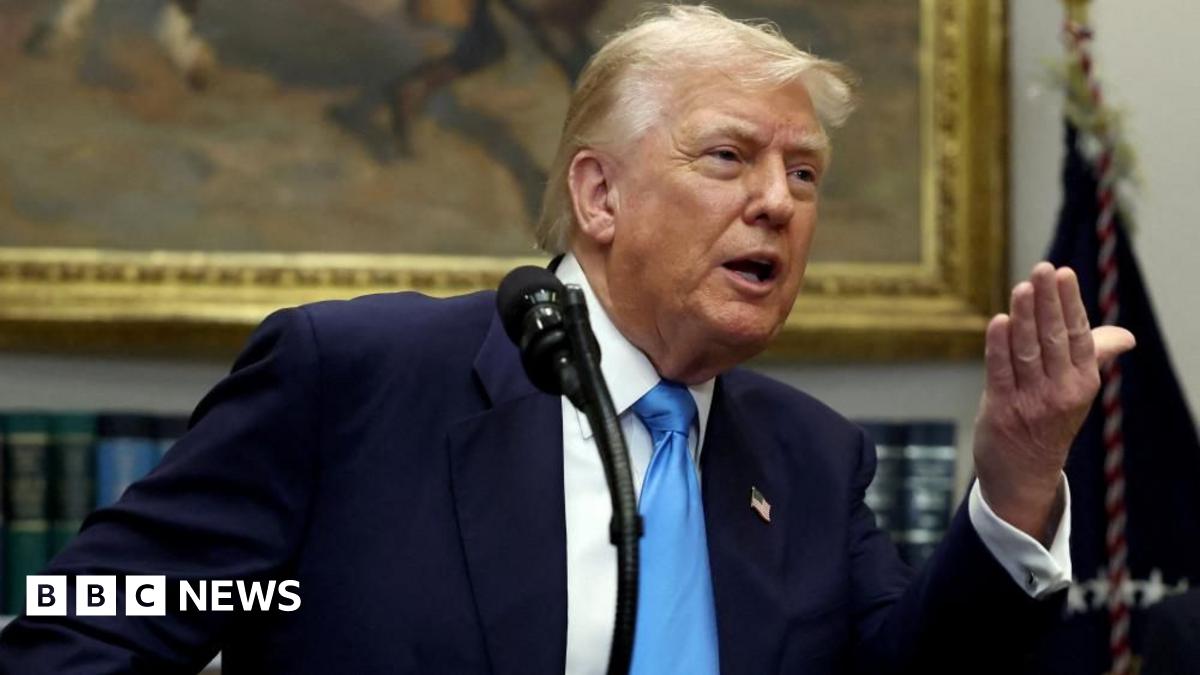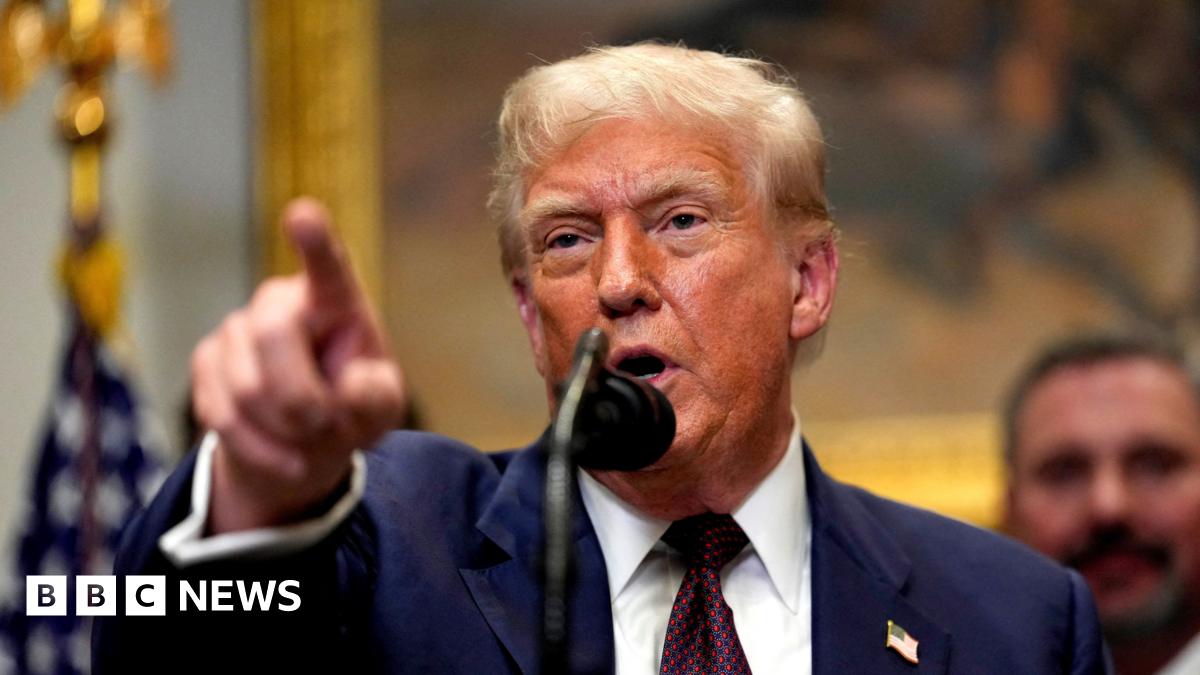What Happened
Intel Corporation (NASDAQ: INTC) is undergoing a significant transformation under the leadership of its new CEO, Lip-Bu Tan, who took the helm in March 2025. The company has faced numerous challenges in recent years, including a decline in market share and competition from rivals such as Advanced Micro Devices (AMD) and Nvidia (NVDA). In response, Intel is implementing a dual strategy aimed at revitalizing its position in the semiconductor industry. This strategy focuses on immediate innovation in artificial intelligence (AI) products while simultaneously establishing its foundry business as a competitive player in contract chip manufacturing.
As part of this restructuring, Intel plans to reduce its workforce by approximately 20%, aiming to streamline operations and cut operating expenses to about $17 billion by the end of fiscal year 2025. The company is also investing heavily in advanced manufacturing technologies, including the development of its 18A node (1.8nm) technology, which is expected to power new CPU lines by late 2025. Despite these aggressive moves, Intel’s stock has seen fluctuations, recently hovering around $22, reflecting a significant drop from its peak in 2021.
Key Details
-
Leadership Change: Lip-Bu Tan became CEO in March 2025 and has initiated a major restructuring plan.
-
Workforce Reduction: Intel plans to cut approximately 20% of its workforce to streamline operations and reduce costs.
-
Financial Goals: The company aims to lower operating expenses to around $17 billion by FY 2025, with projected revenues between $50 billion and $53 billion for the same period.
-
Manufacturing Investments: Intel is focusing on its advanced manufacturing capabilities, particularly the 18A technology, which is expected to enhance performance and energy efficiency.
-
Market Position: Intel’s stock price has dropped significantly, with a price-to-sales ratio of 1.7, compared to higher valuations for competitors like AMD and Nvidia.
-
Foundry Business: Intel Foundry Services (IFS) is gaining traction, with notable contracts from companies like Microsoft, but faces challenges in achieving profitability.
Multiple Perspectives
Opinions on Intel’s turnaround strategy are mixed. Some analysts express optimism about Tan’s leadership and the potential for Intel to reclaim its market position through aggressive innovation and restructuring. For instance, one viewpoint suggests that the company’s focus on AI and advanced manufacturing could position it favorably against competitors, especially given the geopolitical context that favors domestic manufacturing.
Conversely, skepticism remains regarding the feasibility of Intel’s ambitious plans. Critics point to the significant financial commitments required for the foundry business, which is currently operating at a loss. The $50 billion investment in new manufacturing facilities has raised concerns about the company’s ability to deliver returns in a timely manner. Additionally, delays in the construction of new facilities, such as the Ohio plant, could hinder Intel’s ability to meet rising chip demand.
Context & Background
Intel has historically been a dominant player in the semiconductor industry, known for its microprocessors. However, in recent years, the company has struggled to keep pace with competitors like AMD and Nvidia, particularly in the rapidly growing AI market. The shift towards AI and advanced manufacturing is part of a broader trend in the industry, where companies are investing heavily to meet increasing demand for high-performance chips.
The geopolitical landscape also plays a crucial role in Intel’s strategy. As tensions between the U.S. and China escalate, there is a growing emphasis on domestic semiconductor manufacturing. Intel’s U.S.-based facilities could provide a competitive advantage, allowing it to serve American chip designers without the tariffs and trade restrictions associated with overseas manufacturing.
What We Don’t Know Yet
Several uncertainties remain regarding Intel’s future. The effectiveness of Tan’s restructuring efforts and the company’s ability to execute its dual strategy will be critical in determining its success. Additionally, the timeline for achieving profitability in the foundry business is unclear, with Intel targeting break-even status by 2027.
Moreover, the impact of external factors, such as market demand for chips and the competitive landscape, will significantly influence Intel’s performance. The company’s ability to secure additional contracts with major clients like Nvidia or Apple could also be a pivotal factor in its turnaround.
In summary, while Intel is taking bold steps to address its challenges, the path to recovery is fraught with risks and uncertainties. Investors and analysts will be closely monitoring the company’s progress in the coming years as it attempts to navigate a complex and competitive market.





